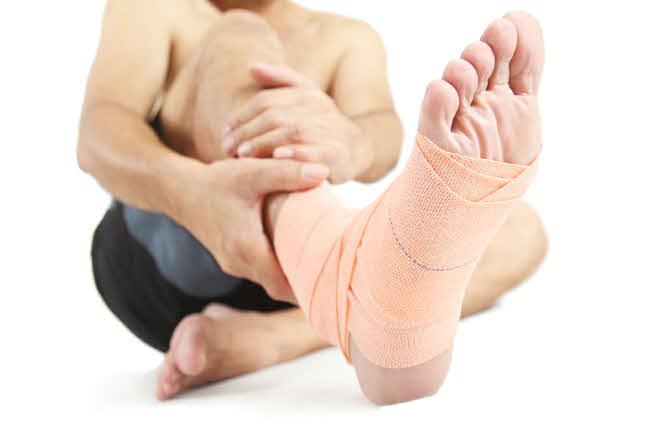
|
![]() DoctorHelps
|
Sports Medicine
DoctorHelps
|
Sports Medicine
Athletes love to operate at full-throttle. But competitive sports can beat up your body, causing injuries that take you out of the game. Let's look at three common athletic injuries to see how sports medicine specialists diagnose and treat them.
The Injury: Stress Fractures
The shock an athlete's body absorbs from contact with other surfaces can cause very small cracks to develop in certain bones. These are called stress fractures. This injury often affects the weight-bearing bones of the ankle and foot, and is therefore most common in runners, basketball players, and others who endure regular impact on the ground. It's hard to detect when they occur, but the cracks worsen and become painful as you continue to run, jump, and play.
The Treatment:
If you start feeling sharp pains in an ankle or foot during physical activity, stop exerting yourself right away. Start resting and icing the painful area, and call a doctor immediately. After diagnosis, you'll likely be advised to wear a brace or boot. You may have to use crutches to keep weight off the fracture while it heals. Surgery is only required for extreme cases, which is why it's important to get off the field, track, or court as soon as you start feeling pain.
The Injury: Sprains and Strains
Sprains or strains are frequent problems for athletes in any sport. A sprain stretches or tears the ligaments that connect your bones at the joints. Sprains usually affect the elbow, knee, or ankle. A strain, in contrast, stretches or tears a muscle or tendon. These occur often in the lower back and the hamstring. You can detect a sprain by a "pop" sound at the moment of injury, and from ensuing pain, swelling, bruising, and limited motion. Symptoms of strains are the same, with the addition of muscle spasms.
The Treatment:
If it hurts to bend a joint or move a muscle, or if you can't walk without significant pain, see a sports medicine specialist right away. Once again, time is of the essence. Don't exert the affected area, and avoid athletic activity until it's treated. Mild sprains and strains can be treated with time, rest, and ice. More serious conditions might require some physical therapy to rebuild tissue and strength. If the problem develops into a full-blown tear or rupture, you may need surgery.
The Injury: Tennis Elbow
You don't have to be a tennis player to struggle with this condition, which consists of a series of tears in the tendons that link your forearm, wrist, and elbow. Tennis elbow can occur in anyone who overuses these tendons, from baseball players to painters to plumbers. Pain and weakness may make it hard to shake hands, hold items, or turn a doorknob.
The Treatment:
In addition to the go-to regimen of rest and ice, sports medicine experts can recommend exercise therapy to teach you the proper way to use and move these tendons without harming them. If pain persists for months, you may need surgery to remove damaged tissue.
Leave a Comment